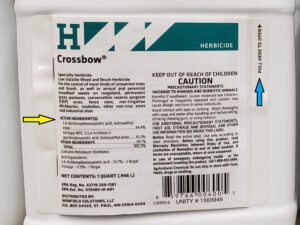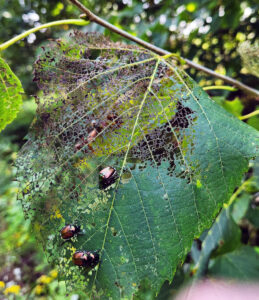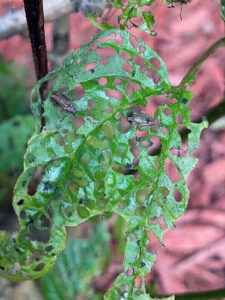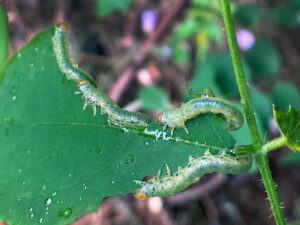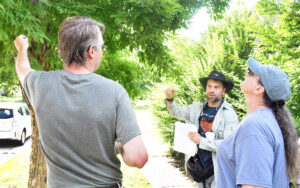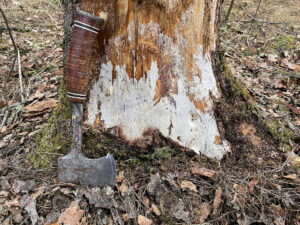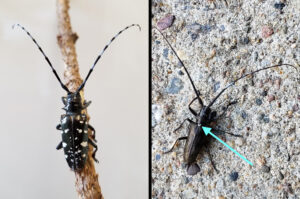
Two closeup photos show the similarities and differences between an adult Asian longhorned beetle, left, with spots all over its back and striped antennae; and an adult whitespotted sawyer beetle, right, with one white spot beneath its head and between its wings.
By Michael Hillstrom, DNR Invasive Forest Pest Coordinator
Michael.Hillstrom@wisconsin.gov
More than 300 species of longhorn beetles inhabit the Midwest. The Wisconsin Department of Natural Resources (DNR) posted about one species, the invasive Asian longhorned beetle (ALB), on social media in early July.
Forest Health staff received many photos of potential ALB as a result. Fortunately, none of the photos were of ALB – which has yet to be detected in Wisconsin.
By far, the most common insect seen in the submitted photographs was a native longhorn species called the whitespotted sawyer beetle (Monochamus scutellatus), also known as a pine sawyer beetle.
Continue reading “Native Sawyer Beetles Resemble Asian Longhorned Beetle”

